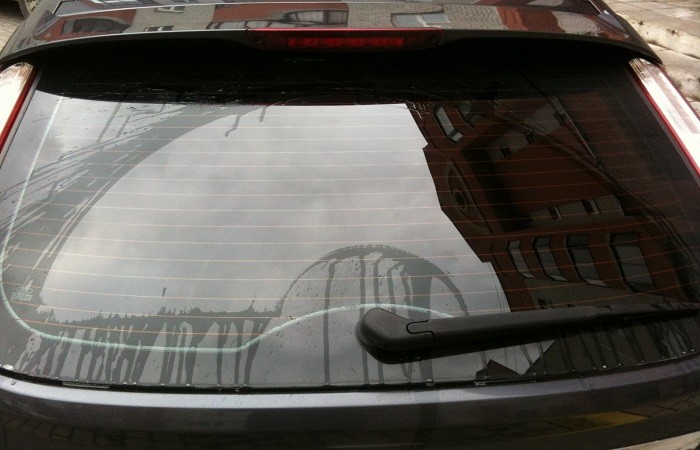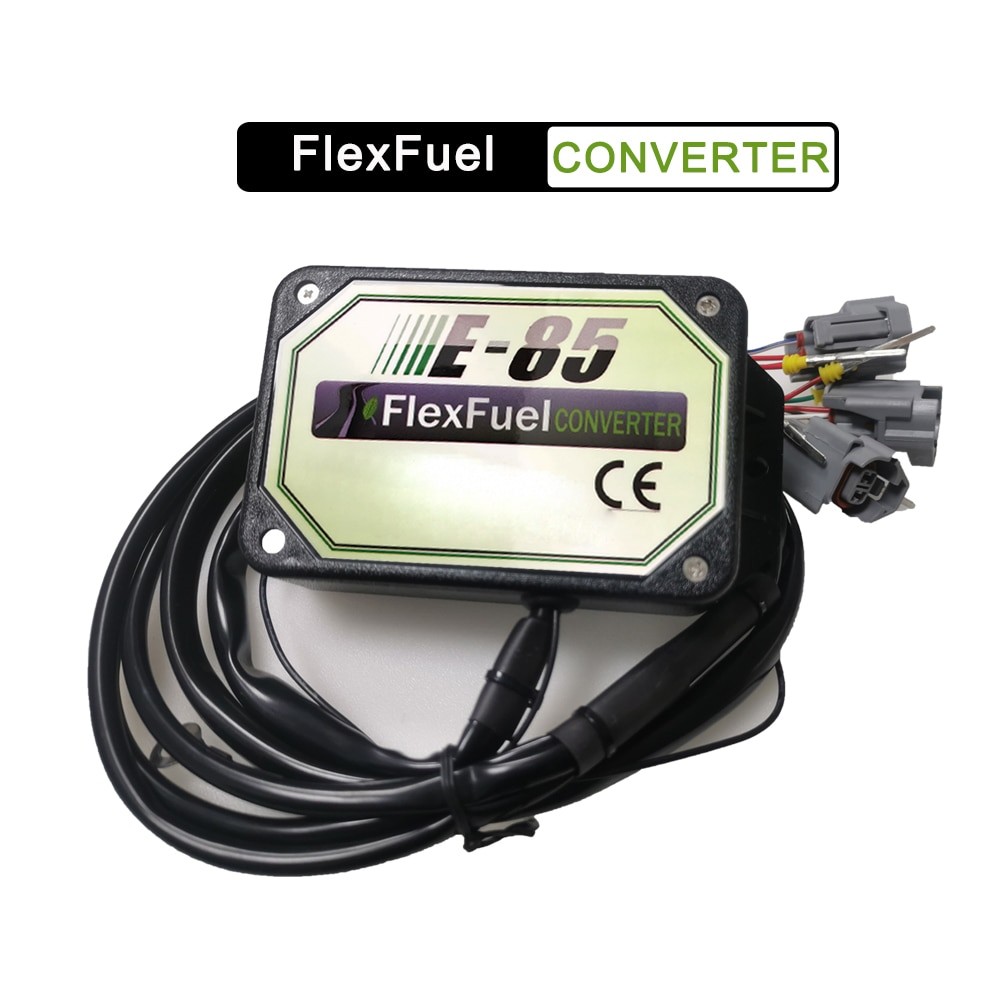
Top 5 Reasons Wipers Don't Work
Good windshield wipers contribute to safe driving. Broken wiper blades, a faulty wiper motor, a blown fuse, or heavy snow can be reasons why your wipers don't work.
Keeping your windshield clean is paramount to safe driving. If you do not have a clear view of the road ahead of you, it is more difficult to avoid an accident, an object in the road, or a defect in the road surface such as a pothole.
To keep the windshield clean, the windshield wipers must work properly. Sometimes it may seem that the wipers do not work properly or stop working altogether. There are several reasons why the wipers don't work.
Here are the top 5 reasons why your wipers are not working:
Your wiper blades are torn. The condition of the wiper blades is directly related to how well the wipers work. If the rubber edges on the wiper blades are torn, the wiper will not make proper contact with the windshield, removing moisture or debris. The small gap left by the missing rubber can actually trap extra dirt that can scratch or gouge the windshield. Replace torn wiper blades immediately to prevent loss of visibility.
There is ice or snow on the windshield wipers. Windshield wipers can remove small amounts of snow from the windshield, but heavy wet snow must be removed with a snow broom before the wipers are operated. Wet snow can be so hard on your wipers that your blades can bend, your wiper arms can slip or come off at the hinges, and your wiper motor or transmission can be damaged. Remove heavy snow from the windshield before using the wiper blades. If you live in an area that gets heavy snowfall, like Spokane, Washington or Salt Lake City, Utah, you might want to invest in winter windshield wiper blades.
Wiper motor failed. The wiper motor is an electric motor. As an electrical component, it may fail unexpectedly or fail and require replacement. If this happens, the wipers won't work at all, and you won't be able to remove water, dirt, or snow that gets on your windshield. Replace the wiper motor immediately.
Wiper fuse blown. If the wiper motor is overloaded, the appropriate fuse will blow. The fuse is intended to be the weak point in the windshield wiper circuit. This way, if the motor is overloaded for any reason, the fuse will blow first, not the more expensive wiper motor. If the wiper motor fuse is blown, check for obstructions that could overload the motor. Heavy snow on the wiper blades, or a wiper blade or arm caught on something or caught on each other can cause the fuse to blow. Remove the obstruction and replace the fuse. If it still does not work, contact a specialist from AvtoTachki.
Loose wiper pivot nuts. The wiper arms are connected to the wiper transmission with a hinged nut. Kingpins are usually splines with a protruding stud. The wiper arms are also splined and have a hole in the base. The nut is tightened on the pivot stud to hold the wiper arm tightly on the pivot. If the nut is slightly loose, which is normal, the wiper motor will turn the pivot, but the wiper arm will not move. You can see it move slightly as you change the windshield wiper direction, but it doesn't wipe the windshield. You may notice that only one wiper works, while the other remains down. If you're having this problem, make sure the wiper pivot nuts are tight. Otherwise, call a professional mechanic from AvtoTachki to check the wipers and repair them.
